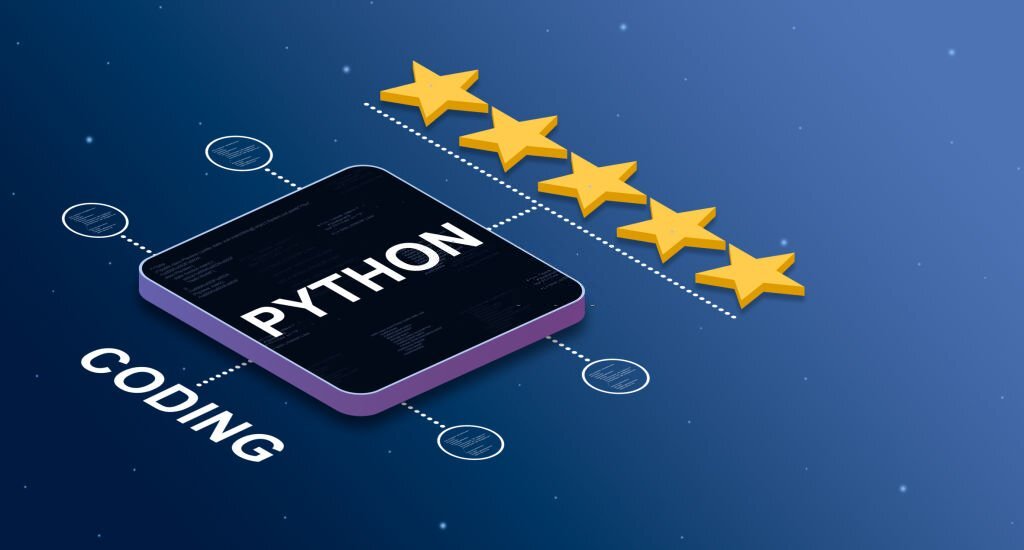Python is a high-level, interpreted programming language known for its simplicity and readability. Guido van Rossum first released Python in 1991, and since then, it has gained widespread popularity and has become one of the most commonly used programming languages in various fields, including web development, data analysis, machine learning, scientific computing, and more. Here are some key characteristics and features of Python:
Readability: Python’s syntax is designed to be easy to read and write, making it an excellent choice for beginners and experienced programmers alike. Its use of indentation (whitespace) for code blocks enforces clean and consistent code formatting.
Interpreted Language: Python is an interpreted language, meaning that you can write and run code without the need for compilation.
Multi-Paradigm: Python supports multiple programming paradigms, including procedural, object-oriented, and functional programming. This flexibility allows developers to choose the style that best suits their needs.
Extensive Standard Library: Python comes with a comprehensive standard library that provides modules and packages for a wide range of tasks, from file handling and networking to web development and data manipulation.
Cross-Platform: Python is available on various operating systems, including Windows, macOS, and Linux, making it a versatile choice for developing cross-platform applications.
Large and Active Community: Python has a large and vibrant community of developers who contribute to its growth and maintenance. This community support results in a wealth of resources, libraries, and frameworks available for Python programmers.
Integration: Python can easily interface with other programming languages like C/C++, allowing developers to use Python for high-level logic while utilizing lower-level languages for performance-critical tasks.
Web Development: Python has a variety of web frameworks, such as Django and Flask, that simplify web application development. These frameworks enable developers to create web applications quickly and efficiently.
Data Science and Machine Learning: Python is widely used in data science and machine learning due to libraries like NumPy, pandas, scikit-learn, and TensorFlow. Its simplicity and extensive libraries make it a popular choice for data analysis and modeling.
Open Source: Python is an open-source language, and its interpreter, CPython, is available under an open-source license. This encourages collaboration and innovation within the community.
Community Packages: Python has a package management system called pip, which allows developers to easily install and manage third-party packages from the Python Package Index (PyPI). This makes it straightforward to extend Python’s functionality.
Python’s versatility and ease of use make it a great choice for a wide range of applications, from building web applications and desktop software to automating tasks and conducting scientific research. It continues to evolve with regular updates and enhancements, ensuring its relevance in various domains.
